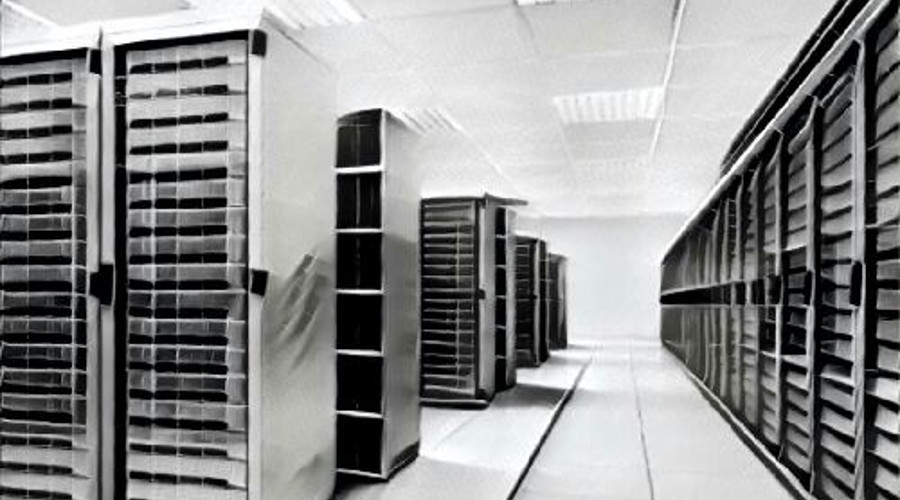Public Cloud - Someone else's Data Center or something else?

There’s been some time this one internet meme has been going around. It says:

You might agree with this statement, or you might not, but it’s a good catch phrase. And good catch phrases are easy to relate to.
But if you think on a bigger scale, not just computers or servers, but on an enterprise level and on a data center infrastructure level. Is it actually that here is no cloud, there is just someone else’s data center.
And, more importantly, should I make a sticker out of that :-D
And if you think that it is just someone else’s data center, are you on the wrong or right track.
This, in my mind, is a very important question. And this is a key item in discussions with potential and existing clients, when discussing whether some of their services or products should be transitioned to public cloud.
Naturally, the major cloud players, like AWS and Azure, have a take on this with their TCO analysis and other tools, which try to make a foolproof rendition of the case, that cloud is always the better choice. But is it really just all about the cost of the infrastructure?
Especially in Azure and Microsoft centric enterprises, it seems to be the norm to think the Cloud as a direct replacement for your own data center. That you just take all your workloads and transfer them directly on top of a public cloud.
In reality, this could end up in a architecture, what is essentially cloud washing in effect. You would be running your workloads possibly in non-optimal configurations, as you have earlier relied on features provided by the virtualization or storage layer. And on the other hand, you are missing out on the massive automation feature set offered by a modern cloud infrastructure.
There is overlap, naturally, where transitioning workloads on top of public cloud “as is” is a feasible option. But it is definitely not 100%. You need to be aware about the trade-offs that you are signing up to.
Don’t get me wrong, I love the public cloud. I love the agility and features. I love almost everything about it, but it does not make it a perfect fit for everyone and everything without appropriate changes to architecture and applications. When running workloads on top of cloud, you are yourself taking responsibility, that your application is “design for failure” ready and capable of running on top of non-highly available infrastructure. As cloud itself is not highly available in the same granularity, as what you might have used to.
As always, making informed decisions based on facts is the best way to go.
And naturally, it is a good thing, that there are experts who can help you.
---
The author works as Chief Technologist for Managed Cloud Services at Cybercom Group. Cybercom is a Nordic based IT consultancy offering managed services and solutions to their client in the connected world.